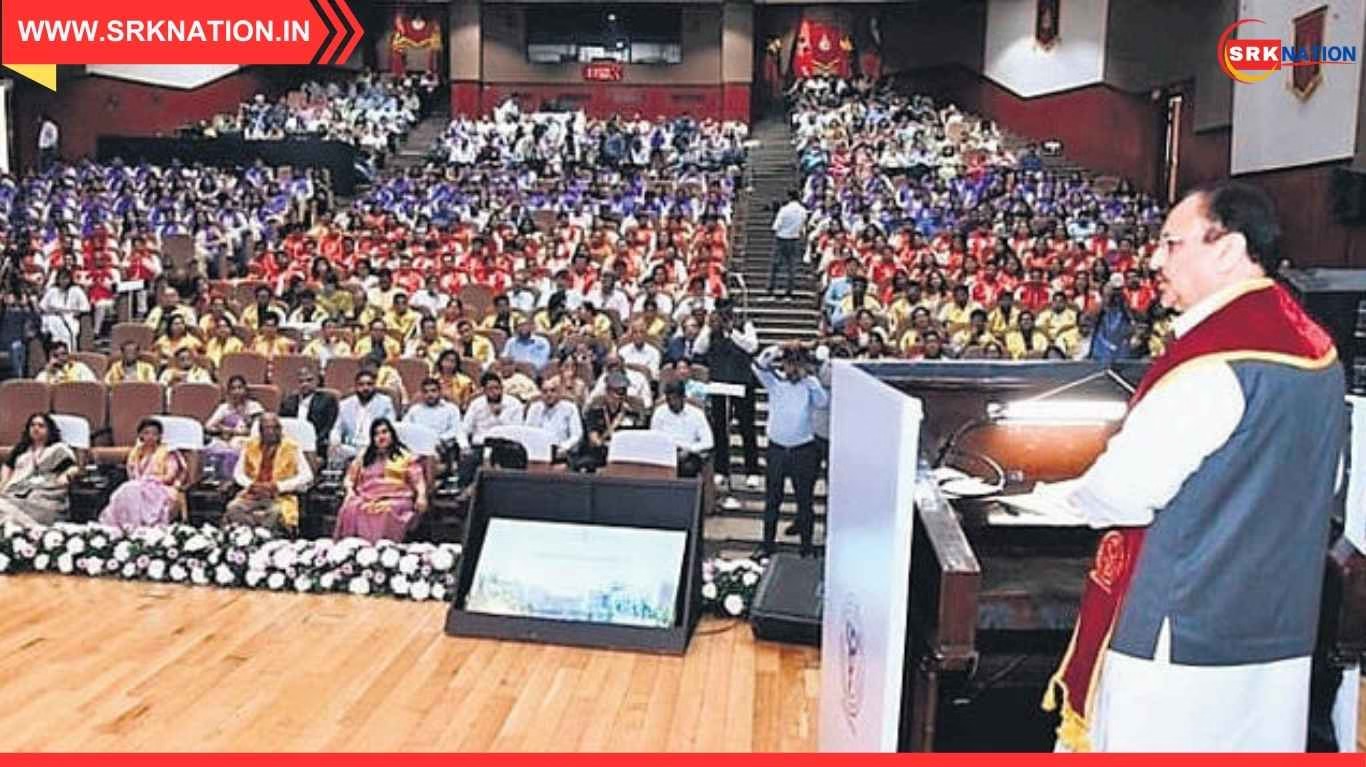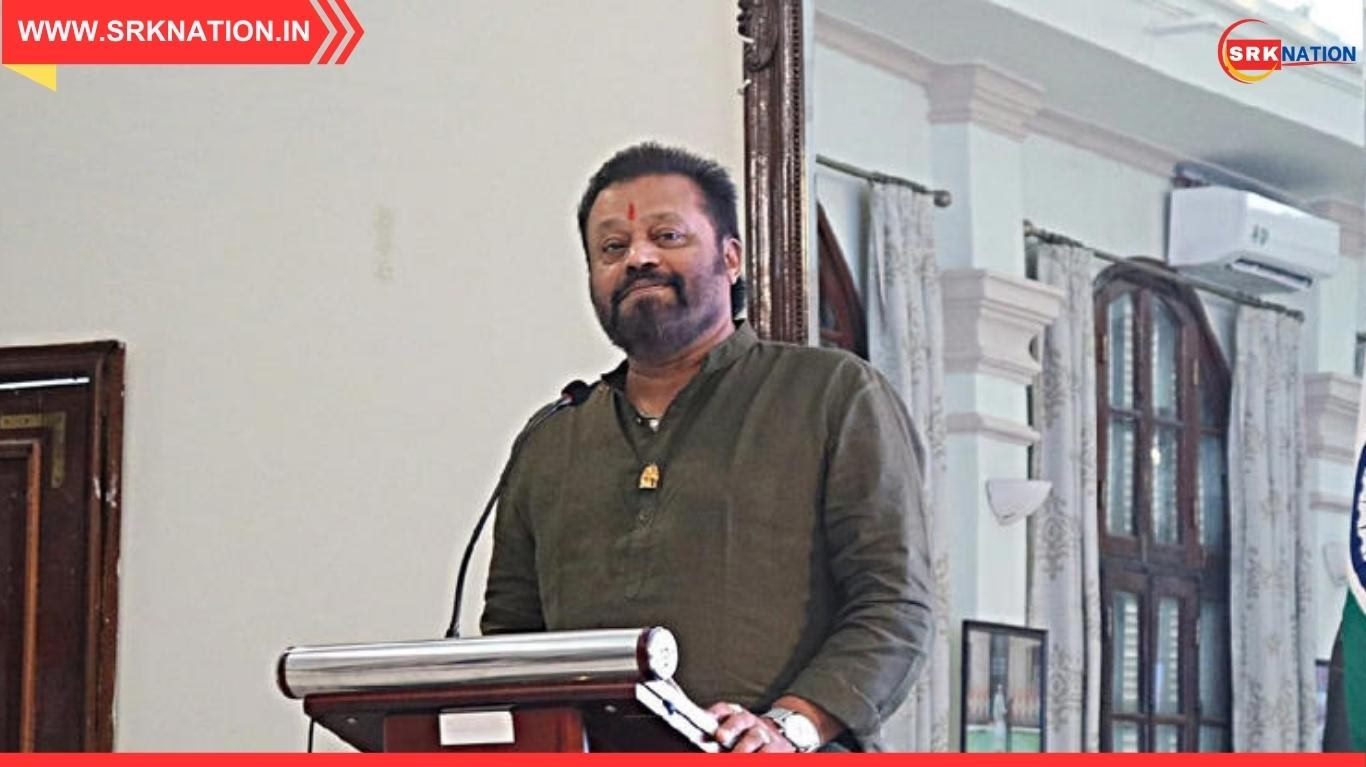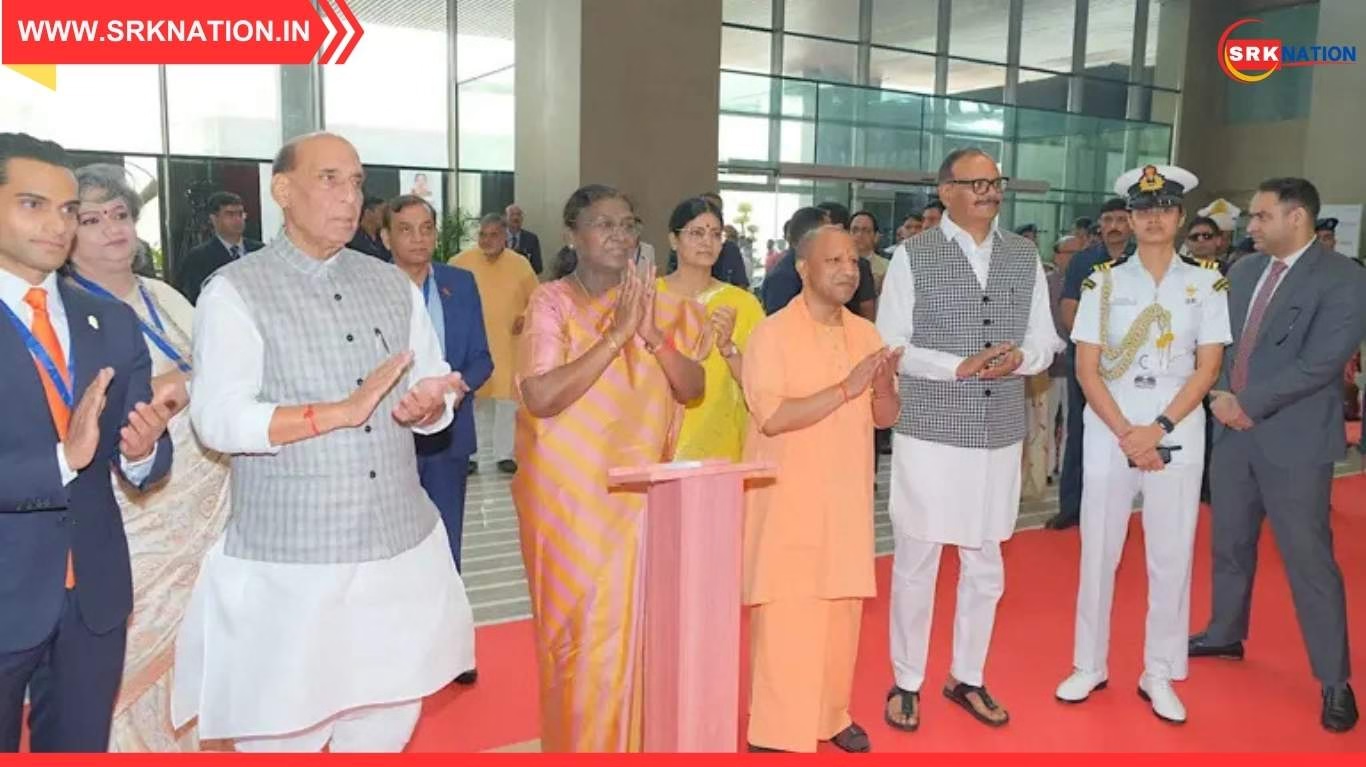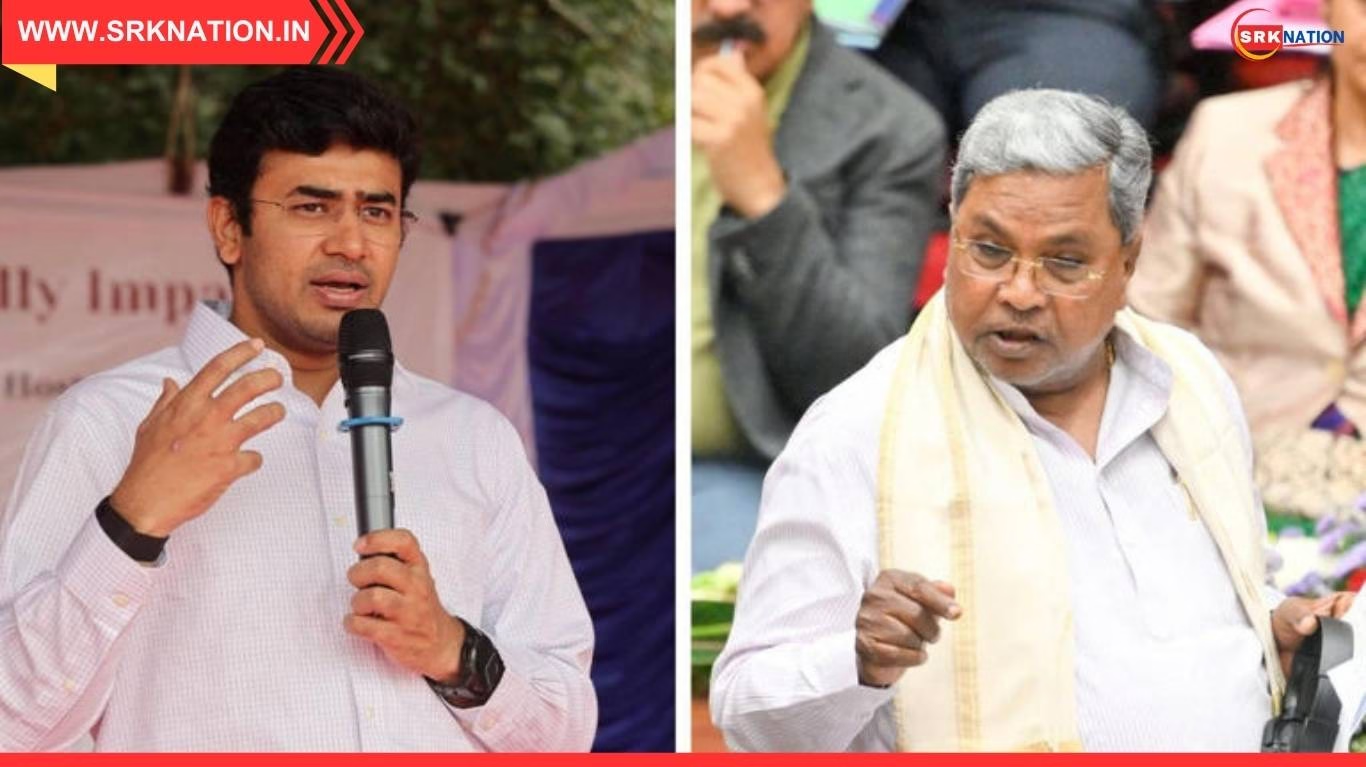In a landmark announcement that signals a transformative shift in India’s medical education landscape, Union Health Minister JP Nadda declared that the country will add 75,000 postgraduate (PG) medical seats over the next five years. Addressing the 50th Annual Convocation Ceremony of the All India Institute of Medical Sciences (AIIMS) in New Delhi on October 25, 2025, Nadda emphasized the government’s commitment to expanding healthcare infrastructure, improving medical education, and ensuring equitable access to specialized care across the nation.
The announcement comes at a time when India is witnessing rapid growth in its healthcare sector, with increasing demand for qualified specialists and super-specialists. The addition of PG seats is expected to significantly boost the availability of trained medical professionals, especially in underserved regions.
JP Nadda’s Vision for Medical Education Expansion
During his address, Nadda highlighted the remarkable progress India has made in medical education over the past decade. He noted that the number of medical colleges has surged from 387 in 2014 to 819 in 2025, while undergraduate medical seats have increased from 51,000 to 1.29 lakh. PG seats, which stood at 31,000 in 2014, have already reached 78,000 and are set to cross 1.5 lakh by 2030.
| Metric | 2014 | 2025 | Projected 2030 |
|---|---|---|---|
| Medical Colleges | 387 | 819 | 1,000+ |
| UG Medical Seats | 51,000 | 1.29 lakh | 1.5 lakh+ |
| PG Medical Seats | 31,000 | 78,000 | 1.53 lakh |
Nadda credited this growth to policy reforms, increased budgetary allocations, and the establishment of new AIIMS institutions across the country.
New AIIMS Institutions: Expanding Access to Quality Care
India now boasts 23 AIIMS institutions, up from just one in 2014. These institutes have become symbols of excellence in medical education, research, and patient care. The expansion of AIIMS has played a crucial role in decentralizing healthcare and bringing world-class facilities to Tier 2 and Tier 3 cities.
| AIIMS Location | Operational Since | Region |
|---|---|---|
| AIIMS Delhi | 1956 | North |
| AIIMS Bhopal | 2012 | Central |
| AIIMS Bhubaneswar | 2012 | East |
| AIIMS Jodhpur | 2012 | West |
| AIIMS Rishikesh | 2012 | North |
| AIIMS Raipur | 2012 | Central |
| AIIMS Patna | 2012 | East |
| AIIMS Guwahati | 2021 | Northeast |
| AIIMS Bilaspur | 2022 | North |
| AIIMS Madurai | Under construction | South |
These institutions are expected to be key contributors to the upcoming PG seat expansion.
Addressing the Graduating Batch: Ethics, Empathy, and Innovation
Congratulating the graduating doctors, Nadda urged them to “serve with empathy, uphold the highest standards of ethics, and embrace innovation.” He emphasized the importance of compassion in clinical practice and encouraged young doctors to contribute to research and public health initiatives.
| Core Message to Graduates | Interpretation |
|---|---|
| Serve with empathy | Prioritize patient-centered care |
| Uphold ethics | Maintain integrity and professionalism |
| Embrace innovation | Leverage technology and research |
Nadda also highlighted the role of young doctors in achieving the goals of “Viksit Bharat 2047,” India’s vision for a developed nation by its centenary of independence.
PG Seat Expansion: Strategic Implementation Plan
The addition of 75,000 PG seats will be implemented through a multi-pronged strategy involving:
- Upgradation of existing medical colleges
- Establishment of new government and private institutions
- Expansion of super-specialty departments
- Integration of AIIMS and other premier institutes
- Public-private partnerships for infrastructure development
| Implementation Channel | Contribution to PG Seat Expansion |
|---|---|
| Government Medical Colleges | 40% |
| Private Medical Colleges | 30% |
| AIIMS and Central Institutes | 20% |
| PPP Models | 10% |
The Ministry of Health and Family Welfare will also work with the National Medical Commission (NMC) to streamline accreditation and curriculum reforms.
Impact on Healthcare Delivery
The expansion of PG seats is expected to have a cascading effect on healthcare delivery:
- Increased availability of specialists in rural and semi-urban areas
- Reduced patient load in tertiary hospitals
- Enhanced capacity for medical research and innovation
- Improved doctor-patient ratio across states
| Healthcare Metric | Current Status | Post-Expansion Target |
|---|---|---|
| Doctor-Patient Ratio | 1:1,456 | 1:1,000 |
| Specialist Availability | 30% shortfall | 90% coverage |
| Rural Health Coverage | 60% | 85% |
| Research Output | Moderate | High |
These improvements will contribute to better health outcomes and reduced disease burden.
Challenges and Considerations
While the announcement is ambitious, several challenges must be addressed:
- Faculty shortages in medical colleges
- Infrastructure gaps in Tier 2 and Tier 3 cities
- Regulatory bottlenecks in seat approvals
- Quality assurance in teaching and training
| Challenge | Proposed Solution |
|---|---|
| Faculty Shortage | Incentives, training programs |
| Infrastructure Deficit | Budget allocation, PPP models |
| Regulatory Delays | Streamlined NMC processes |
| Quality Assurance | Standardized curriculum, audits |
The government has committed to resolving these issues through policy reforms and stakeholder engagement.
Public and Professional Response
The medical community has largely welcomed the announcement. Associations like the Indian Medical Association (IMA) and Federation of Resident Doctors have praised the move, calling it a “game-changer” for medical education.
| Stakeholder Group | Reaction Summary |
|---|---|
| Medical Students | Excited about increased opportunities |
| Resident Doctors | Hopeful for better working conditions |
| Healthcare Institutions | Supportive of expanded talent pool |
| Public Health Experts | Emphasized need for rural deployment |
Social media platforms have also seen a surge in positive reactions under hashtags like #PGSeatsExpansion and #MedicalEducationReform.
Future Outlook: Toward Viksit Bharat 2047
The addition of 75,000 PG medical seats aligns with India’s long-term vision of becoming a global leader in healthcare and medical research. By 2047, the country aims to:
- Achieve universal health coverage
- Become a hub for medical tourism
- Lead in pharmaceutical innovation
- Export medical education and training
| Vision 2047 Goal | Medical Education Contribution |
|---|---|
| Universal Health Coverage | Trained specialists in every district |
| Medical Tourism Hub | World-class infrastructure and talent |
| Pharma Innovation | Research-oriented PG programs |
| Global Education Export | AIIMS-like institutions abroad |
These goals will require sustained investment, policy continuity, and collaboration across sectors.
Conclusion
Union Health Minister JP Nadda’s announcement of 75,000 new PG medical seats over the next five years marks a pivotal moment in India’s healthcare journey. With a robust implementation plan, strategic partnerships, and a focus on quality, this initiative promises to reshape medical education and improve healthcare delivery nationwide. As India marches toward Viksit Bharat 2047, the expansion of postgraduate medical education will be a cornerstone of its transformation.
Disclaimer: This article is based on publicly available information and official statements. It does not constitute medical or policy advice. All views expressed are for informational purposes only.











